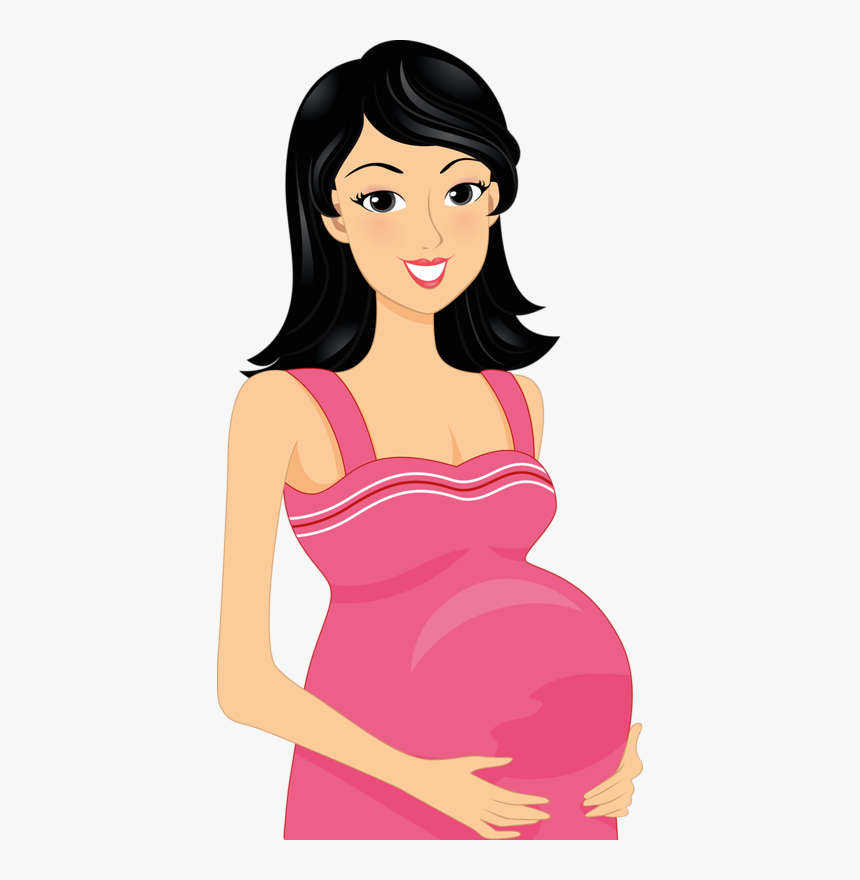
FREQUENTLY ASKED QUESTIONS
WHAT IS SEA FOOD?
Seafood includes any form of food from the waters, including fish, shellfish such as mollusks and crustaceans, and even sea vegetables like seaweed and algae. In the United States, that includes freshwater. And, at Seafood Nutrition Partnership, that definition must also take into account the sustainability of the food supply and the waters that provide life. Short answer: It’s any way you can get the good nutrients, vitamins and essential omega-3s that come from the sea.


